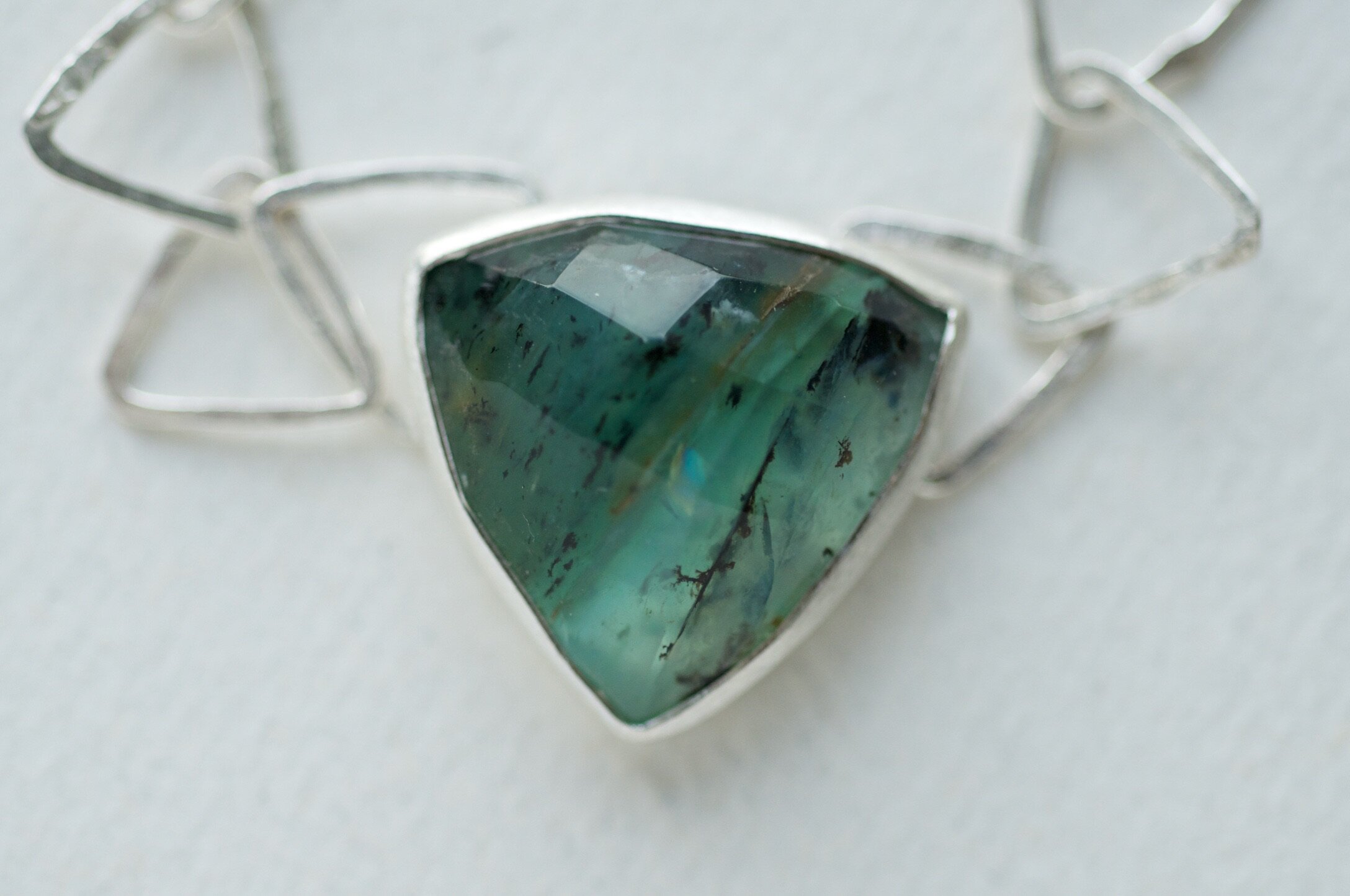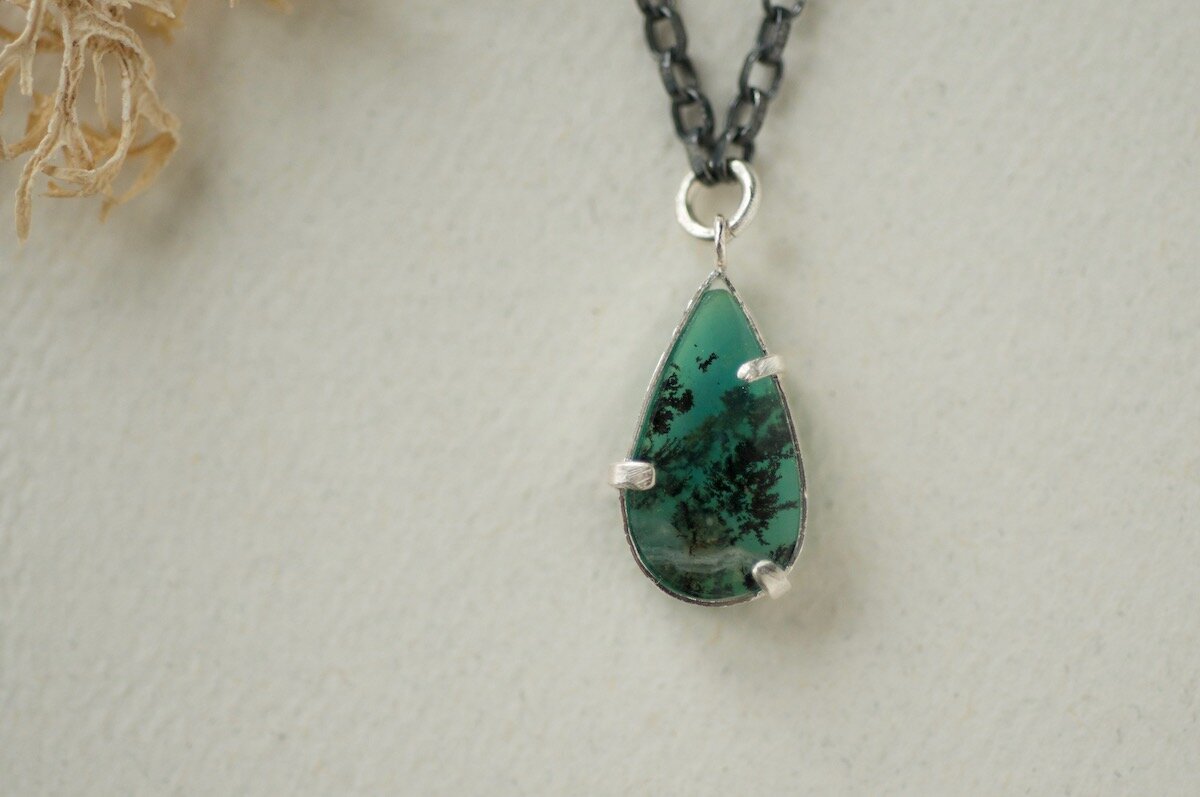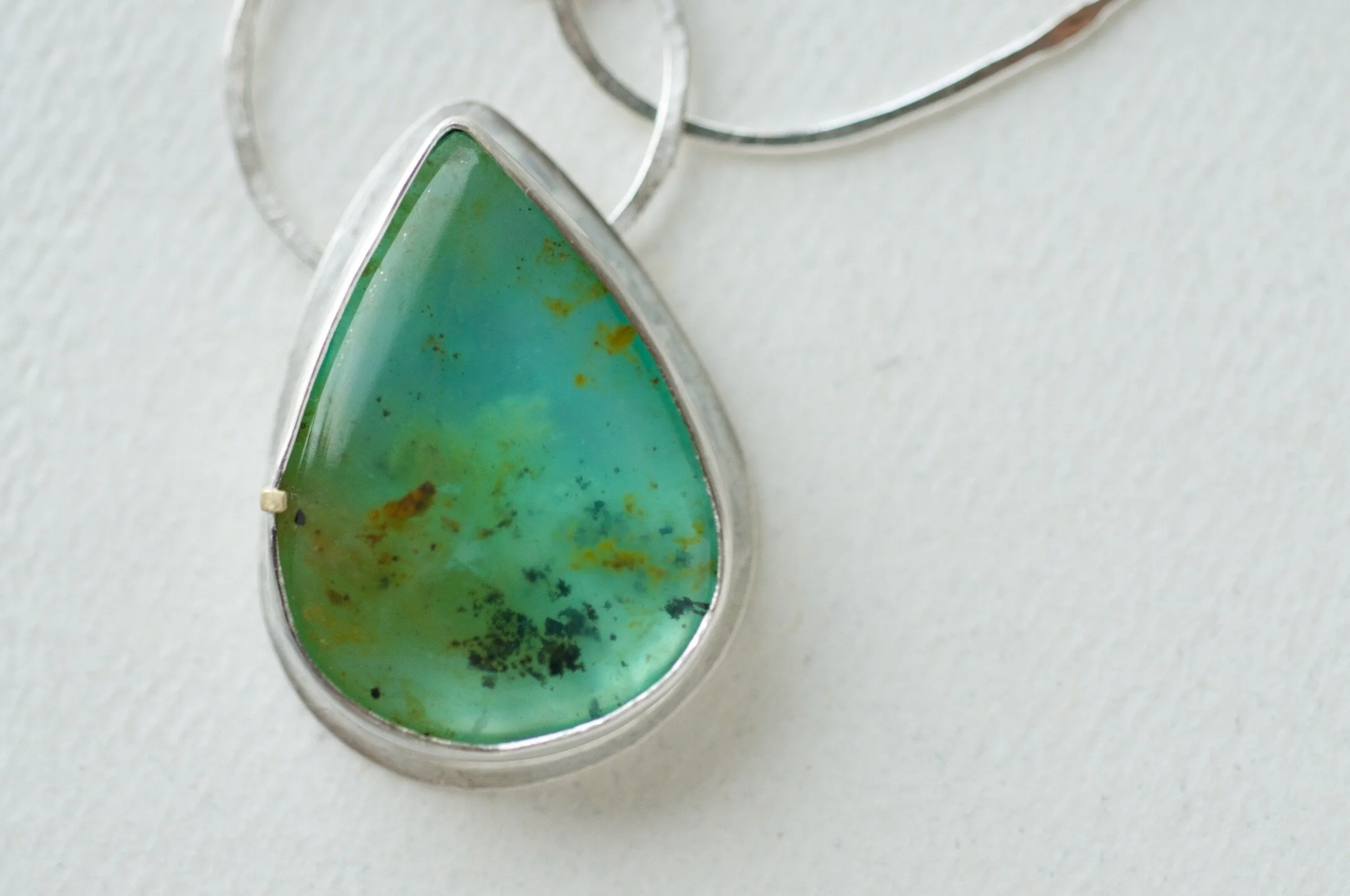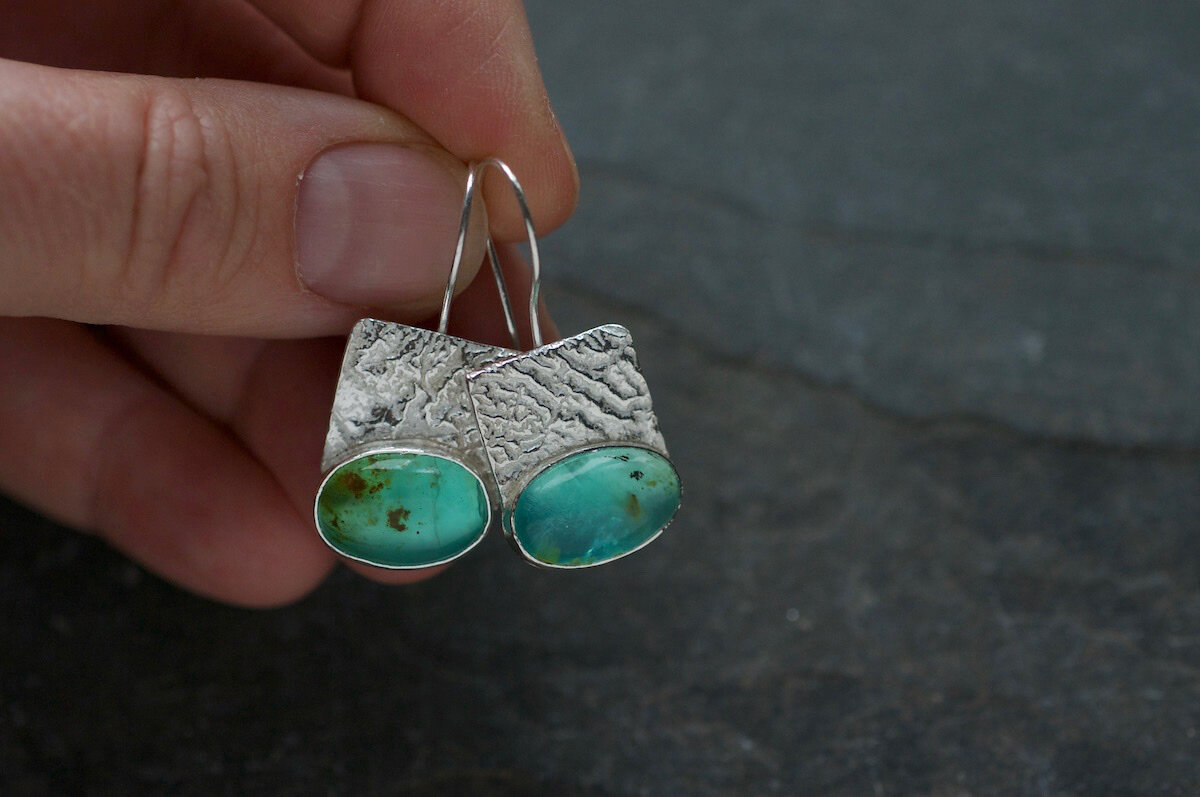Peruvian Blue Opals
An introduction to Peruvian Blue Opals.
After selling a number of pieces with Peruvian Blue Opals as the feature stone, I thought it would be good to write a little piece with some information on these beautiful and unique stones.
I have a few videos of rings with Peruvian Blue Opals below to show the real beauty of these stones.
Genuine Peruvian Blue Opals are only mined in the Andes and are held in great regard as the country’s national stone. In Peruvian culture, they are considered to be a gift from the Inca goddess Pachamama, the earliest goddess of fertility and in the Andes, she is referred to as Mother Nature. The stones are believed by many to enhance your courage and ingenuity along with your creativity which may explain why I love them so much.
Opals are the birthstone for October and were considered to be the queen of gemstones from the middle ages up until Walter Scott published Anne of Geierstein in 1829. The Baroness in the story wears an opal talisman with supernatural powers and a drop of holy water touches the opal and turns it colourless. She dies soon after. Such is the power of fiction and the popularity of Scott’s novel at the time that sales of opals in Europe dropped by 50% within a year and took over 20 years to recover. Fortunately, this historical superstition is largely forgotten and opals enjoy their rightful place among the most prized treasures in the world.
Partly for this reason, there are many fakes on the market. Opals that have been dyed will sweat their colour out so they can be easily weeded out from the real Peruvian blue opals.
Peruvian Blue Opals are sedimentary rocks formed at low temperatures from igneous rocks with a high silica content. It is quite a soft stone – 5-6 on the Mohs scale of hardness – with a high water content and as such, shouldn’t be worn when doing manual jobs such as gardening and cleaning where it may get scratched or be affected by chemicals or heat.
Some Peruvian Blue Opals are hydrophane opals. Hydrophane means that the opals have the ability to absorb water. A change of colour or transparency can occur when the stone’s moisture level changes and soaking your Peruvian Blue Opal in cold water for a few hours will restore the clarity. It’s a fascinating thing to see as the opal changes from a milky blue to a clear blue in a short space of time.
I have had a couple of stones that took longer to turn clear because they had been under lights in display cases but they still reverted to their original state after being submerged in cold water.
The colours vary from greeny-blues to deep turquoise and it is often said to look like the Caribbean sea – personally, I look closer to home and the beaches and coves around the coast of Cornwall. Some have dentritic inclusions within them which look like dark ferns or seaweeds. Higher quality opals tend to be a clearer blue but they all have their own unique beauty. The colour comes from the copper in the surrounding stone and the stones I buy all come from a copper mine in the Andes.
I hope you enjoyed learning a bit about these remarkable stones and if you have any more information about Peruvian Blue Opals which you would like to see here or have any questions, please drop me a message.







